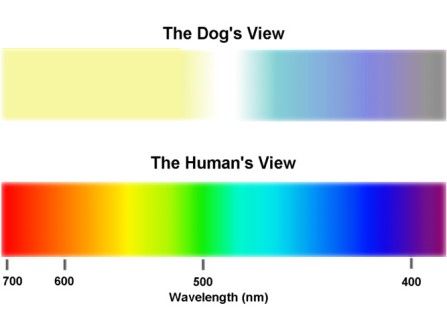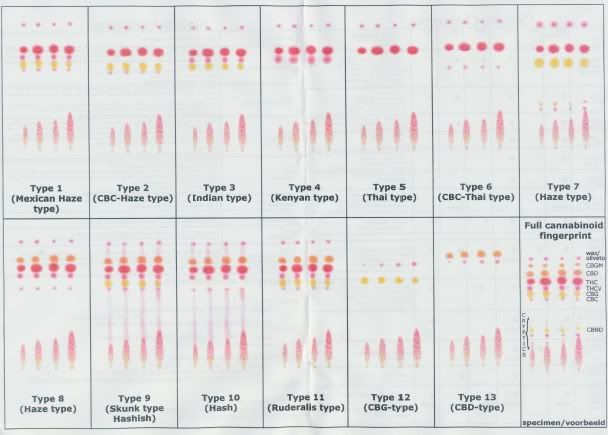Hmmm.... this proves me wrong?
and one more about red vs blue:
UV-B RADIATION EFFECTS ON PHOTOSYNTHESIS, GROWTH and CANNABINOID PRODUCTION OF TWO Cannabis sativa CHEMOTYPES
John Lydon* 2 Alan H. Teramura 1 C. Benjamin Coffman 3
1 Department of Botany, University of Maryland, College Park, MD 20742, USA 2 USDA-ARS, Southern Weed Science Laboratory, P.O. Box 350, Stoneville, MS 38776, USA 3 USDA-ARS, Weed Science Laboratory, AEQ. I, Beltsville, MD 20705, USA
*To whom correspondence should be adressed.
Copyright 1987 American Society for Photobiology
ABSTRACT
The effects of UV-B radiation on photosynthesis, growth and cannabinoid production of two greenhouse-grown C. sativa chemotypes (drug and fiber) were assessed. Terminal meristems of vegetative and reproductive tissues were irradiated for 40 days at a daily dose of 0, 6.7 or 13.4 kJ m-2 biologically effective UV-B radiation. Infrared gas analysis was used to measure the physiological response of mature leaves, whereas gas-liquid chromatography was used to determine the concentration of cannabinoids in leaf and floral tissue.
There were no significant physiological or morphological differences among UV-B treatments in either drug- or fiber-type plants. The concentration of Δ9-tetrahydrocannabinol (Δ9-THC), but not of other cannabinoids, in both leaf and floral tissues increased with UV-B dose in drug-type plants. None of the cannabinoids in fiber-type plants were affected by UV-B radiation.
The increased levels of Δ9-THC in leaves after irradiation may account for the physiological and morphological tolerance to UV-B radiation in the drug-type plants. However, fiber plants showed no comparable change in the level of cannabidiol (a cannabinoid with UV-B absorptive characteristics similar to Δ9 THC). Thus the contribution of cannabinoids as selective UV-B filters in C. sativa is equivocal.
and one more about red vs blue:
Plant Action Spectrum:
Action Spectrum: blue 425-500nm
Action Spectrum: red 650-700nm
PAR range 400-700nm
---------------
Blue Action Spectrum (425-500nm):
-increased photosynthesis
-preferred by chlorophyll b
-preferred less than, but nearly as much as red by chlorophyll a
-zeitlupe is a blue light receptor*
-phototropin is a blue light receptor*
-cryptochrome is a blue light receptor*
-zeaxanthin is a blue receptive pigment that opens stoma in daylight
-carotenoids absorb blue light and transfer the energy to chlorophyll b (helps offset lower efficiency of blue photon)
-wavelength is shorter and higher in energy, blue photons are absorbed less efficiently (lower action rate due to photons higher energy)
*The blue light receptors do a variety of the following:
mediate blue light-induced phototropism (circadian rhythms), chloroplast re-localization, opening of the stomatal aperture and stimulates proton pumps that drive protons out of the cells which starts off a whole set of reactions; electochemical gradients, osmosis of water, etc.
Red Spectrum (650-700nm):
-enables the conversion of starch into malate which keeps the stomata open.
-preferred by chlorophyll a, although blue is preferred nearly as much by chlorophyll a
-nearly all plants have a higher concentration of chlorophyll a than chlorophyll b
-wavelength is longer and lower in energy, red photons are absorbed more efficiently (higher action rate due to photons lower energy)


















